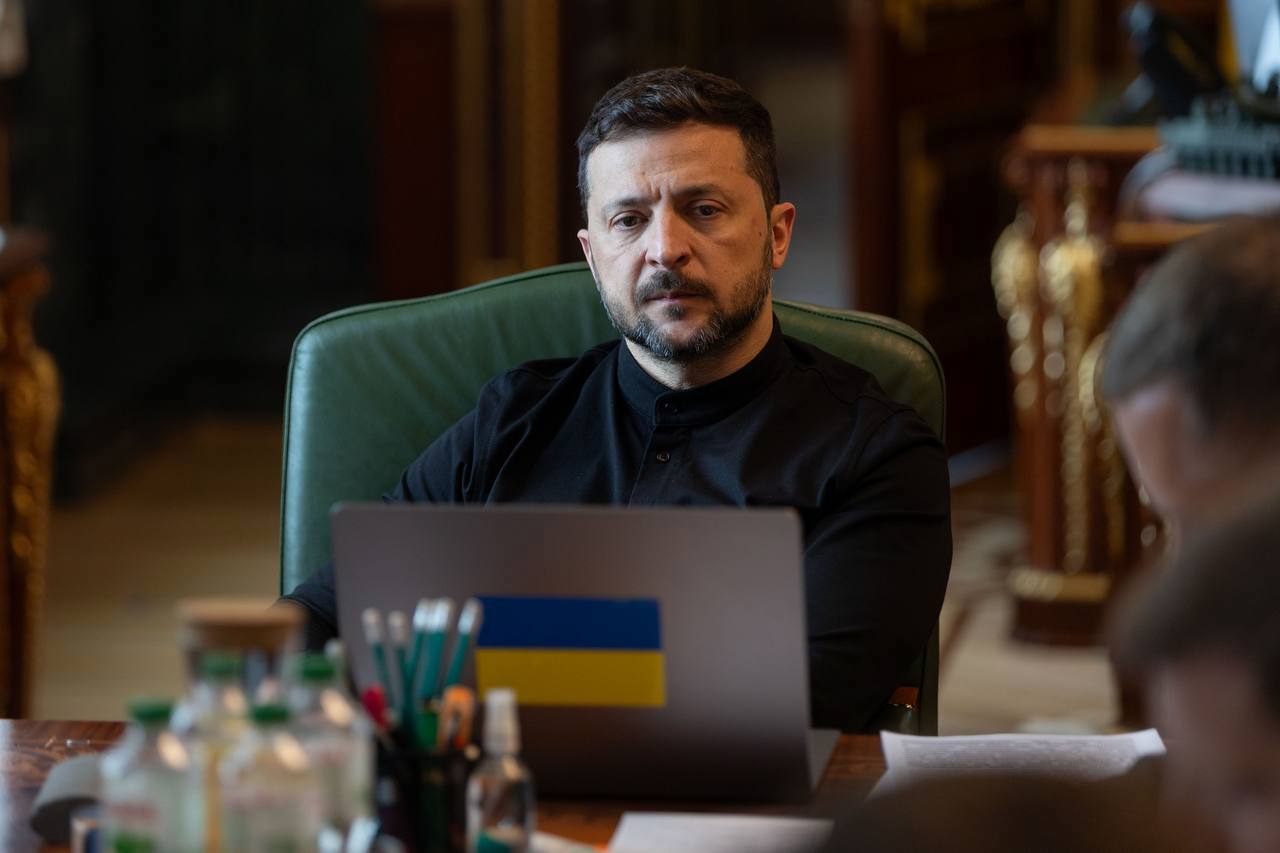Chernobyl: 39 years since world's worst disaster

Today marks 39 years since the tragic accident at the Chernobyl Nuclear Power Plant, when, following two explosions, massive amounts of radioactive substances were released into the air.
The accident was described by the United Nations as "the greatest ecological disaster in human history."
The explosion occurred on April 26, 1986, at 1:23 AM, and within less than two days, the cloud carrying radioactive particles, 200 times more powerful than the atomic bombs at Hiroshima and Nagasaki, covered all of Northern Europe.
The initial explosion led to the death of two workers. 28 of the firefighters and emergency cleanup workers died in the first three months after the explosion due to acute radiation sickness, and one died from cardiac arrest.
The entire city of Pripyat, with a population of 49,360 residents, located just three kilometers from the plant, was completely evacuated 36 hours after the accident. In the following weeks and months, another 67,000 people were evacuated from their homes in contaminated areas and relocated by government order. In total, an estimated 200,000 people were relocated following the accident.
At least 1,800 cases of thyroid cancer were documented in children aged 0 to 14 at the time of the accident, which is much higher than normal. The thyroid gland of young children is particularly sensitive to the absorption of radioactive iodine, which can trigger cancers, treatable both through surgery and medication. Health studies of registered workers called for cleanup (the so-called "liquidators") have failed to show any direct correlation between their radiation exposure and an increase in other forms of cancer or illnesses. The psychological effects of Chernobyl were and remain widespread and profound, and have led, for example, to suicides, alcohol problems, and apathy.
Over 100 radioactive elements were released into the atmosphere at the time of the explosion of the fourth reactor at Chernobyl. Most of these had short half-lives and decayed very quickly. Iodine, strontium, and cesium were the most dangerous among the released elements and have half-lives of eight days, 29 years, and 30 years, respectively. Therefore, the isotopes strontium-90 and cesium-137 are still present in the area today. While iodine is linked to thyroid cancer, strontium can lead to leukemia. Cesium is the element that traveled the farthest and lasts the longest. This element affects the entire body and, in particular, can affect the liver and spleen.
Approximately 150,000 square kilometers of Belarus, Russia, and Ukraine are contaminated, extending up to 500 kilometers north of the plant. An area extending over a 30-kilometer radius around the plant is considered the "exclusion zone" and is essentially uninhabited. The presence of radioactive fallout spread throughout much of the Northern Hemisphere via wind and storms, but the amounts dispersed were insignificant in many cases.
Emergency workers, the liquidators, were called to the area and helped clean up the plant premises and the surrounding area. These workers were largely plant employees, Ukrainian firefighters, as well as many soldiers and miners from Russia, Belarus, Ukraine, and other parts of the former Soviet Union. The exact number of liquidators is not known, as there is no completely precise record of the individuals involved in the cleanup operations. Russian records list approximately 400,000 liquidators as of 1991, and approximately 600,000 people were granted "liquidator" status. These 600,000 people received special benefits due to their involvement, both on-site and off-site, in addressing the consequences of the accident.
The duties of the liquidators varied. They worked on decontamination and major construction projects, including establishing settlements and towns for plant workers and evacuees. They also built waste storage facilities, dams, water filtration systems, and the "sarcophagus," which encloses the entire fourth reactor to contain the remaining radioactive material.
Mutations occurred in plants and animals after the plant explosion. Leaves changed shape, and some animals were born with physical deformities. Despite the increased radiation levels, rare species are now returning to the area in large numbers. These animals include beavers, elk, wolves, wild boar, and bird species.
Every year, both in Chișinău and in other localities across the country, commemoration events for the victims of the Chernobyl catastrophe and other nuclear accidents are held annually on April 26.
Translation by Iurie Tataru




